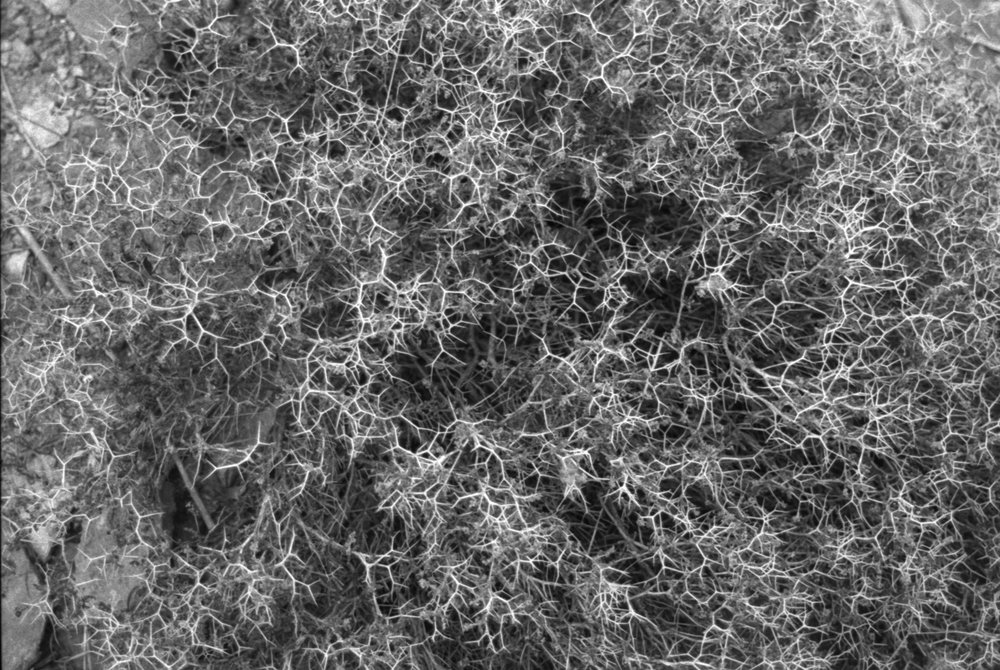read —
notes on learning
The moment when the Internet turned bad. Media literacy and hope.
by Miki Ambrózy
The Metaphor
August 2015
Is YouTube an evil platform of entertainment, or a remarkable social tool for sharing audiovisual moments of all sorts, from all times, for eternity?
This question was on my mind when I set out to work with a group of young adults from youth organizations in Europe, as a form of our summer volunteering in the nonprofit sector, accompanied by my partner and our child.
I often write about the mental strain of being passionate about learning and art-making at the same time. Even if the phrase "the art of learning" seems to solve this mental trap in a snap, the confusion keeps re-surfacing.
In fact, the two don't work together well: the role of enabling the art, film or media-making of others is paved with duties that are not conducive to one's own art, media or filmmaking.
Structuring time by setting tasks. Monitoring progress by giving deadlines that act as guillotines - they cut the process into a definite end point. Giving simple feedback to others that one cannot give to one's own work because they're inside their own work, whereas the work of the Other is always outside.
This week's guillotine was a 2-hour show in the one and only independent art gallery of Biržai, Lithuania, in the vicinity of the farmstead where Jonas Mekas first saw the light of the world. The deadline set the participants' mind on a track that seemed running into an intimidating fog for days...
How could you, who never printed a photograph, exhibit your images in a matter of days? How could you, who never saw the interface of an editing software, compile a portrait about local organic farmers? How could you, who never made a video, do a properly-lit studio shoot of 25 local subjects, edit it, and show it to them 24 hours later?
The method is the metaphor. The metaphor: the door of a dark shed opening onto a bright sunny yard - the flood of light into one's eyes, mind, brain. The playing field of audiovisual media is wide and tempting.
The method: a bit of Rancière's "The Ignorant Schoolmaster", a drop of Mindset (Carol Dweck), a little about digital storytelling (Jonathan Sachs). The firm belief in the idea that the hand is the tool for learning. An equally strong belief that the medium calls for a period of research, boiling, looking, as well as some form of writing. Elegant loops of practice, feedback, practice. Nothing fancy, just that.
Oh, and we incidentally asked them to remix some video clips from evening until next morning. Self-expression and joy are part of it, but I never expected that someone's experience would become entirely transformed by dancing on camera, transfigured to another gender, to the music of Beyonce.
And as the summer heat struck Eastern LIthuania, I had more and more time to swim in the lake by the castle, because the work of the hands took off, the challenge accepted by the group, with everyone active with production late into the night.
As a rule, I expect nothing from experiential learning setups: one can never fully know what comes out. This time most of my and my colleagues expectations were surpassed: an unbelievable mix of genres and forms emerged from in a little more than 48 hours of production. From video art to wasted post-teenagers filming themselves while drinking vodka, from methodical media analysis to the appropriation of the video clip genre, from reportages to media meshups and the portrait of one's own family.
We looked and smelled like YouTube's mystery algorithm for a moment there, the one that keeps us all clicking onto the next video.